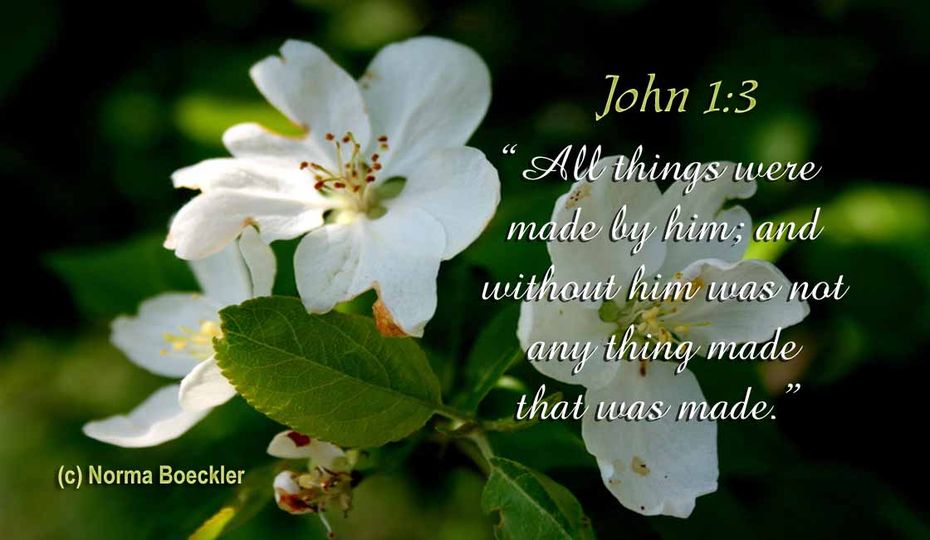The new and older roses have enjoyed two sessions of rain in the front yard. Everything looks a bit jumbled right now. Each rose location has clay heaped around it or perhaps needs a little filler soil.
The new roses are planted in the midst of clover, dandelions, and grass - all doing very well from the rain and sunshine. Clover seems to have had a banner year. The remainder of the backyard grass is almost completely clover, an excellent crop for beneficial bugs. Beneficial insects like tiny flowers and often need pollen and nectar in their adult stage. Clover is also known for fixing nitrogen in the soil.
Rhizobia are bacteria that must have a plant host to let them fix nitrogen. Atmospheric nitrogen, an inert gas, is useless to plants in that form but becomes the foundation of life in compounds. This relationship was discovered in 1889, and now we understand in part how fungi also contribute to this vast exchange of nutrition through soil microbes - bacteria, protozoa, fungi, nematodes, and more.
Legumes like clover, beans, mesquite, and carob fix nitrogen in their root nodules, and many are turned under (plowed! rototilled!) to provide green manure for the soil. The Creation gardener avoids turning soil upside-down, but there is nothing wrong with turning the green into gold with mulching.
A sunny day today means we will place cardboard, newspaper, and shredded wood mulch over the green grass, clover, and dandelions in the front yard. The royal rose does not like competition. Some tiny plants--garlic chives, garlic, or low-growing beneficial hosts--are tolerable, but not a mass of plants greedy for sun, soil, and water. The green grass and clover will become compost.
When the blanket of cardboard, newspaper, and wooden mulch is applied, the sunlight is shut out from the low-level plants and they begin to die. Thus the grass, dandelions, and clover become green manure. The bacteria attack the soft material and turn it into compost. The roots are tougher, so the fungi can dissolve them with their tubular dissolving and transportation power. Each microbe has its own jurisdiction and carries out its duties according to conditions.
At first the grass and clover become a blackened mat of organic matter, the nitrogen in the green converted back into soil compounds. Once the decomposition is complete, the soil is soft, dark, and easily penetrated by rose roots.
The mighty earthworm mixes the combination at the end of the decomposition cycle. This is the ideal situation for plants grown in clay. The tiny size of clay particles allows more electrical charges and therefore more ion exchange of minerals. This is a version of the water softener process. The traditional water softener is loaded up with ordinary salt. Ion exchange takes the insoluble salts out and replaces them with soluble salt. Ion exchange in the soil means plants get the minerals they need.
Clay is also good for holding rainwater. Fill a partial hole in the clay soil with water - nothing happens in 30 minutes. That can be good but we also want soil that lets the rain in rather than just bouncing it away. Mulch itself soaks up an enormous amount of water and holds it in place for the soil creatures. When earthworms and their buddies work that damp mulch into the soil, they create thousands of tunnels for the rain and soften the soil for plant roots.
My experiment in Midland with compost on top of clay showed that the clay was mixed with compost over time, making it easy to work. Soil moisture will also make a difference. Mixing compost into clay with a shovel is extremely heavy work - and why? The earthworms will do the job better in time and enjoy jolly meals while multiplying like crazy.
 |
| Plantain was called White Man's Footprints by the Indians. Some people use it as an herb. Those who use no weed killers will be happy to eat the weeds they deem worthwhile. |
Weeds? Make Them Compost
My first weed patch came from using wood mulch without a newspaper base. The crab grass, which was originally brought over as a grain crop, grew splendidly through the wood, basking in the sunniest part of the yard. We simply covered that with newspaper and mulch, after mowing it. Another layer of cardboard and mulch will make it the tomato garden this year.
I had another sunny areas filled with plantain. I simply mulched the area and planted it with blackberry canes, which are growing well.
If weeds grow well, so will plants. Some of the weeds are valuable for birds and beneficial insects, so do not be too quick to get rid of them.
 |
| Pokeweed or Pokeberry - hate it or love it for being prolific. Birds love it the attractive, toxic berries. |
Irony Alert
I was busy planting various berry plants last year and cut down pokeberry 8 feet tall. The pokeberry is loved by all birds and clearly planted by birds wherever they rest.
 |
| Beautyberry is planted for the birds to enjoy, late in the season. |

